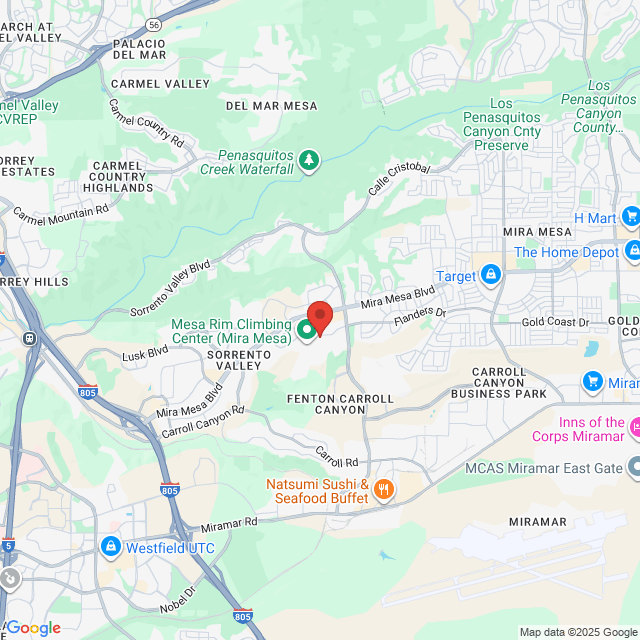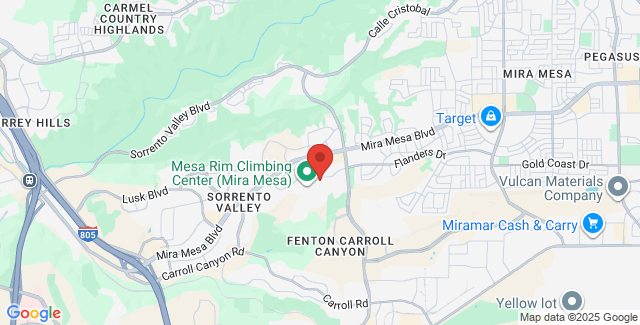Types of Cerebral Palsy
Cerebral palsy is a group of disorders that hinders control of movement. People affected by cerebral palsy have difficulty controlling the movement of their muscles. The four types of cerebral palsy include spastic cerebral palsy, ataxic cerebral palsy, athetoid cerebral palsy, and mixed cerebral palsy. If you acquired any of these conditions as a result of medical malpractice, you may be eligible for damages for medical bills and other restitution. Consult with a spastic, ataxic, and athetoid cerebral palsy attorney for a case review.

Spastic Cerebral Palsy
The most common type of cerebral palsy, spastic cerebral palsy, accounts for approximately half of all cerebral palsy cases. It is characterized by stiff, contracted muscles and sometimes, by paralysis. Patients will have stiff, jerky movements and will often have difficulty letting go of something in their hand.
There are five types of spastic cerebral palsy:
- Diplegia : affects both arms or both legs
- Hemiplegia : affects limbs on one side of the body
- Quadriplegia : affects all limbs
- Monoplegia : affects only one limb (rare)
- Triplegia : affects three limbs (rare)
If your child suffers from spastic cerebral palsy that resulted from physician malpractice or negligence, contact an attorney to find out if you have a strong case.
Ataxic Cerebral Palsy
Ataxic cerebral palsy occurs when the muscles are too weak. Patients will be shaky and unsteady. Approximately 10 percent of cerebral palsy sufferers have ataxic cerebral palsy. The birth injury ataxic cerebral palsy affects balance, coordination, and depth perception. Victims typically walk unsteadily, have poor coordination, and have difficulty honing fine motor skills.
When ataxic cerebral palsy is caused by medical malpractice, an attorney can help the victim and family obtain financial retribution to help cover the cost of medical bills and other expenses.
Athetoid Cerebral Palsy
Athetoid cerebral palsy occurs when the muscles fluctuate between being too tight and too weak. Patients will have involuntary movement in the face and arms, and will have difficulty holding them in an upright position. Some victims also experience speech problems, drooling, and other difficulty in controlling the facial muscles. Approximately 20 percent of all cerebral palsy sufferers have athetoid cerebral palsy.
If your child's athetoid cerebral palsy was caused by a birth mistake, you may have a cerebral palsy case. Contact an athetoid cerebral palsy attorney for a case evaluation.
Mixed Cerebral Palsy
Mixed cerebral palsy occurs when the muscles are affected in a combination of any of the types listed above. Approximately 20 percent of all cerebral palsy sufferers have mixed cerebral palsy.
Contact a Spastic, Ataxic, and Athetoid Cerebral Palsy Attorney
All four types of cerebral palsy can result from physician error. If your child has acquired cerebral palsy, you may have a personal injury case. Contact a spastic, ataxic, and athetoid cerebral palsy attorney to find out if you and your child are eligible for financial compensation.
Related to types of Cerebral Palsy




